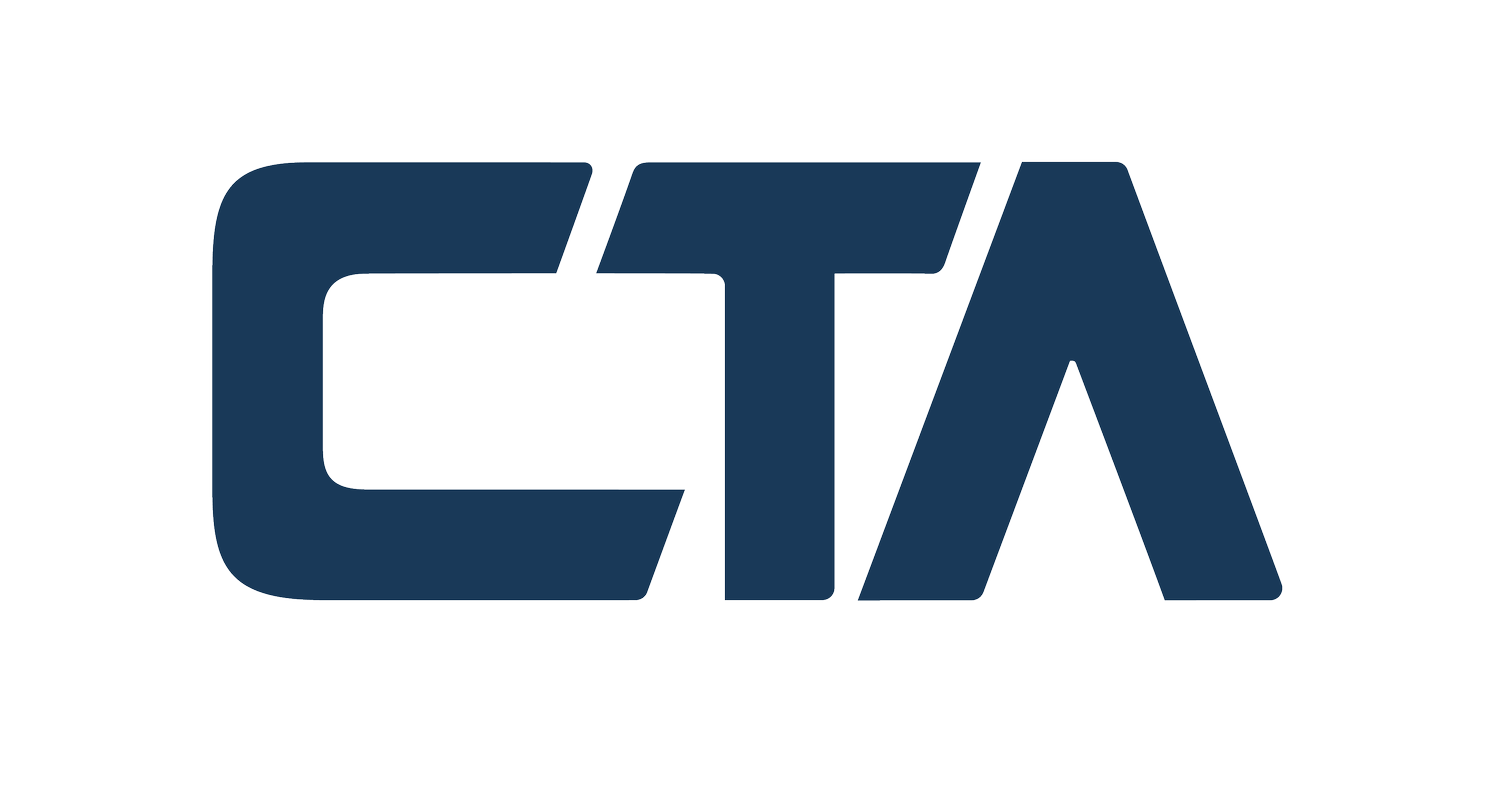An Overview of Section 174
Background, History, and Current Relevance
Section 174 Amortization of the Internal Revenue Code (IRC) is a provision that allows businesses to treat research and experimental (R&E) expenditures as deductible expenses. Introduced in 1954, Section 174 was designed to encourage companies to invest in research and development (R&D) by providing favorable tax treatment for associated costs.
Historically, businesses could choose either to deduct these expenses in the year they were incurred or to capitalize and amortize them over a period of not less than 60 months. However, with the enactment of the Tax Cuts and Jobs Act (TCJA) in 2017, significant changes were introduced, affecting the treatment of R&E expenditures starting in 2022.
Under the new rules, all R&E expenditures must be capitalized and amortized: over five years for activities conducted in the United States and over 15 years for activities conducted outside the U.S. This shift from immediate expensing to mandatory amortization has substantial implications for businesses engaged in R&D activities.
The Current Relevance of Section 174
In today’s innovation-driven economy, R&D is more critical than ever. Section 174 remains highly relevant as it directly impacts the financial strategy of businesses investing in new products, processes, or software development. With the TCJA changes, companies must now adjust their tax planning strategies to account for the delayed tax benefit of their R&D investments.
Benefits of Section 174 Amortization
Tax Advantages and Strategic Financial Planning
The amortization of R&E expenditures under Section 174 provides several benefits:
- Predictable Tax Planning: Amortization allows for a predictable schedule of deductions, aiding in long-term tax planning and budgeting.
- Cash Flow Management: While the shift to amortization may initially seem like a disadvantage due to the delay in deductions, it can provide a more balanced approach to managing cash flows over time.
- Alignment with Revenue Generation: Amortizing R&D costs over the period they are expected to generate revenue can align expenses with the benefits they produce, potentially leading to a more accurate reflection of a company’s financial performance.
Navigating Section 174 Rules
Detailed Guidelines with Practical Compliance Advice
To navigate the rules of Section 174 effectively, businesses should consider the following guidelines:
- Identify Qualifying Expenditures: Companies must carefully identify which costs qualify as R&E expenditures under Section 174. These can include wages, supplies, certain third-party contractor expenses, and costs associated with the development or improvement of products or processes.
- Understand the Amortization Schedule: Beginning in 2022, businesses must capitalize and amortize all R&E expenditures over the specified time frames. It’s crucial to understand the start date for amortization, which is when the R&E expenditures are first paid or incurred.
- Maintain Detailed Records: Accurate and detailed record-keeping is essential for substantiating R&E expenditures. This includes documenting the nature of the research activities and the associated costs.
- Consider the Impact on Financial Statements: The capitalization of R&E expenditures may affect a company’s financial statements. Businesses should work with their accountants to understand the implications for their reported earnings and financial ratios.
- Stay Informed on Legislative Changes: Tax laws are subject to change, and there have been discussions about delaying or altering the TCJA’s provisions on R&E expenditures. Companies should stay informed on any legislative updates that may affect Section 174.
Real-World Applications
Case Studies Showcasing the Benefits of Section 174 Amortization
To illustrate the real-world applications of Section 174, consider the following hypothetical case studies:
Case Study 1: A tech startup incurs substantial R&D costs in developing a new software platform. By capitalizing and amortizing these costs, the startup can align its tax deductions with the expected revenue generation period of the software, providing a more stable financial outlook as it grows.
Case Study 2: A pharmaceutical company spends millions on R&D for a new drug. The mandatory amortization of these costs allows the company to spread out deductions over the years the drug is under patent protection, potentially smoothing out the company’s taxable income and reducing year-to-year tax volatility.
Case Study 3: An automotive company invests in research to develop electric vehicles. The company can capitalize and amortize the R&D expenses over five years, matching the expenses with the period during which the vehicles are expected to contribute to the company’s revenue, thus reflecting a more accurate financial picture.
Conclusion
Section 174 offers businesses a strategic avenue for tax optimization through R&D expenditures. By understanding and leveraging this provision, companies can foster innovation while ensuring compliance and maximizing tax benefits. The mandatory capitalization and amortization of R&E expenditures require businesses to adapt their tax strategies, but with careful planning and execution, they can continue to reap the rewards of their investments in research and development. Our blog features articles by tax credit advisors on the most recent changes in tax legislation.








